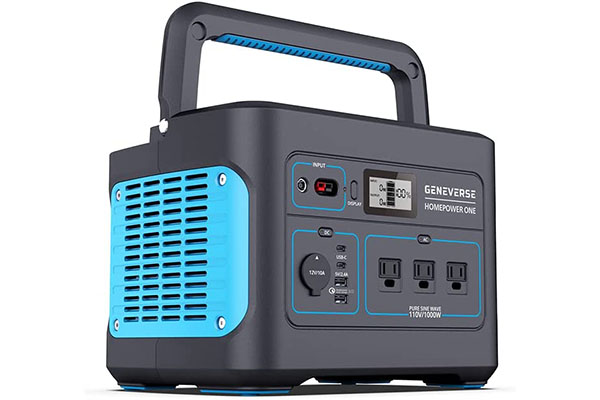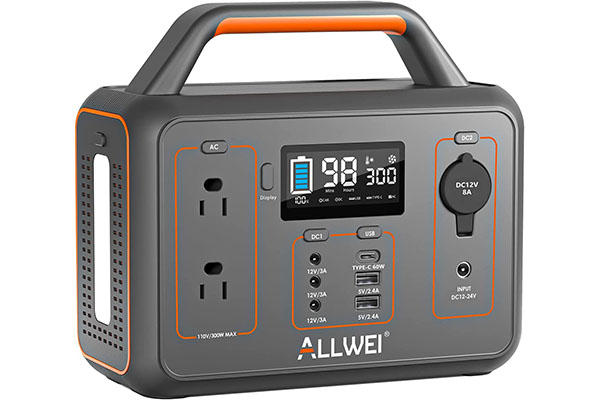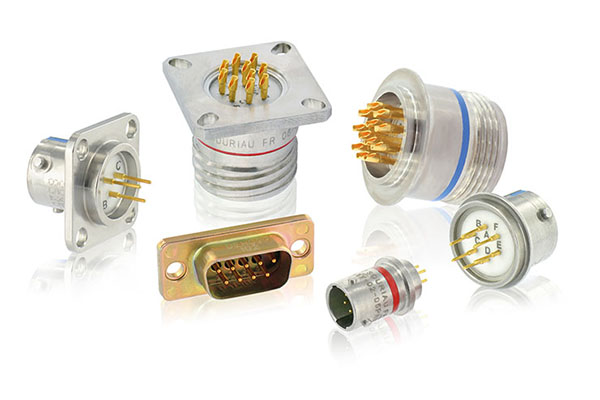What is the difference between bulk density and tap density?
The true volume of the powder is its original volume that is loaded into a container with spaces present in between the particles. The speed at which the container is filled, the shape and size of the container, and the filling method influence the powder volume. Bulk density is the density measured without the application of an external force.
Tapped density is defined as the density achieved after the external force is applied to the container with powder to remove any void or space between the particles. The force is applied continuously until no more voids can be removed. Read the powder’s volume once it stops decreasing in the container, then divide the weight of the powder by this volume to get the tapped density. It is essential for characterizing catalysts, foaming materials, insulating materials, ceramics, powder metallurgy, and other industrial products, especially in the battery industry.
The working principle of the tap density meter:
The powder measuring cylinder is carefully hooked onto the mechanical vibration device. The vibration motor stirs up the mechanical vibration device to produce vibrations. The graduated measuring cylinder with powder vibrates rhythmically with the mechanical vibration device. As the number of vibrations increases, the powder in the measuring cylinder vibrates. Once the set number of vibrations is achieved, the mechanical vibration device stops vibrating.
What is the significance of measuring tap density with a tap density meter?
A powder consists of a two-phase system regardless of its motion. The friction existing between the particles creates unique flow characteristics. However, specialized tools are required to determine these properties. Powder properties influence powder processing, packaging, storage, etc., significantly.
Application of Tap Density Meter in Lithium Iron Phosphate Materials
How to improve the tap density of lithium iron phosphate materials?
Due to its benefits of good safety performance, excellent cycle performance, environmental friendliness, and a wealth of raw material sources, lithium iron phosphate, a commonly used cathode material for lithium-ion batteries, has emerged as one of the current research hotspots for cathode materials for lithium-ion batteries. However, the shortcomings such as low tap density and low specific capacity of lithium iron phosphate also restrict its development compared to another hot cathode material, ternary material.
Method for improving tap density of lithium iron phosphate
- Synthesis method:
A variety of different methods are available for the preparation of LiFePO4. However, each preparation method has a particular influence on the tap density. Since irregular powder particles cannot be packed closely together, the synthesis of LiFePO4 with irregular morphology will reduce the tap density. Powders made of spherical or consistent morphology exhibit higher tap density due to fewer chances of agglomeration and particle bridging.
One of the most efficient ways to produce high-density spherical goods is to prepare high-density spherical precursors. High-density spherical particles of FePO4 precursors are synthesized and uniformly mixed with other raw materials. Lithium penetrates the precursor under high temperature and is distributed synchronously in all directions through the micropores on the surface of the spherical precursor particles, maintaining the spherical shape.
The metal salts are blended into a precursor solution using the spray drying (pyrolysis) technique following the stoichiometric ratio necessary to create a composite powder. A series of processes, such as solvent evaporation, solute precipitation, etc., occur in the reaction furnace to form solid particles.
Low melting salts are employed as the medium in the molten salt method. The synthesis process includes a liquid phase in which reactants exhibit specific solubility, which ultimately speeds up the diffusion rate of the reactant ions and makes the reactants in atomic-scale mixing. The reaction changes from a solid-solid to a solid-liquid reaction. After the reaction, the salts are dissolved in a suitable solvent, and filtering and washing can be done to get the synthesized product.
2) Particle size distribution
The tap density and particle size of LiFePO$4 are closely associated. If a powder with spherical particles displays ideal particle size distribution, the tiny particles can cater to the gaps between the large particles. Consequently, the tap density can be enhanced, which helps with the volume-specific capacity of the battery.
Larger particles usually offer high tap densities. However, they also lead to long diffusion paths for lithium ions in solid materials, which ultimately results in poor electrochemical performance of materials. A study found that porous LiFePO4 is interconnected in three-dimensional pore channels. The corresponding three-dimensional channel between the pores reduces the lithium-ion deintercalation distance. Because of their distinctive microstructure, porous materials have a higher specific surface area, are entirely in contact with the electrolyte, have a larger area for lithium ions to diffuse, have faster lithium ion migration, and are therefore better able to address the poor electrochemical performance brought on by LiFePO4’s low diffusion coefficient.
3) Carbon coating:
Carbon coating has performed excellently in increasing the electrical conductivity between LiFePO4 particles. However, excess carbon can reduce its tap density. It’s crucial to opt for an appropriate course and improve the preparation process to make the carbon coating more uniform.
4) Metal ion doping:
Metal ion doping is the process of doping metal ions in LiFePO4 to switch the lattice structure to enhance the conductivity. Recent research has proposed that doping can also enhance the tap density of the material.
Attempts have been made to enhance the tap density of LiFePO4, and success has been achieved. However, specific problems still exist. It isn’t easy to control the morphology and particle size of LiFePO4. Stable preparation of materials with specific morphologic and particle size distribution in bulk is also complicated. It is necessary to keep researching straightforward, affordable preparation techniques that can regulate the morphology and particle size distribution of LiFePO4 materials because different preparation processes and raw materials also significantly impact the tap density of LiFePO4.
How to choose a tap density meter?
- The model preferred must abide by all standards. When all standards are met, the results are considered reliable.
- Exclusive attention must be given to the chosen parameters. See if tap frequency is adjustable or whether tap deviation is within the standard range.
- Ensure that the scale of the measuring cylinder/test tube is precise and the thickness of the glass tube wall is up to the experimental standards.
- See if the vibration frequency of the motor is accurate without the vibration of the glass tube installed in the air.
These points can be helpful in the selection of a suitable tap density meter.
How to Use a Tap Density Tester?
- Start by cleaning the graduated cylinder. Use a test tube brush to properly clean the insides of the cylinder or rinse with a solvent.
- The powder should be tested in the same condition as received; however, in specific cases, drying is necessary. It’s important to understand whether the powder is prone to oxidation or not; if yes, dry it under vacuum or inert gas. Powders with volatile substances cannot be dried.
- An appropriate amount of the sample must be weighed on a precision balance. Weigh 0.1g.
- Transfer the sample into the measuring cylinder and keep the surface horizontal. The graduated cylinder assembly is placed into the vibrating mechanism.
- Enter the desired number of vibrations. Push the start button and wait until the total number of vibrations is completed. In addition to the particular vibration times established during the regular testing and acceptance, the vibration is 2N times for the same sort of powder. Vibrating 3000 times can produce satisfactory results for metal powders of different particle sizes.
- Thoroughly read the volume. If the upper surface is leveled after taping, take the reading directly, and in the case of the opposite, read the high and low values to calculate the average value. The following formula can calculate the tap density of powder: ρ=m/v where;
- ρ — powder tap density.
- m — powder mass.
- v — powder volume after tap.
FAQ:
- What should I do if the tap density is too small to measure?
In the case of negligible tap density, two primary genes need to be evaluated:
- Check if the quantity of the measured powder is correct.
- Assuming the measured powder has a given density, make sure the measured tap density is constant.
- Check the frequency adjustment settings.
- What is the difference between tap density and true density?
The mass of an object per unit volume in a dense state is true density. It is the density acquired by dividing the volume of the powder particles by the number of spaces inside and outside the particles. Tapped density describes the density of the powder inside the container after it has been tapped under specific circumstances.
- What is the relationship between tap density and fineness?
The same mass equates to a small particle size of graphite powder. A smaller particle gap means small total volume and large tap density. On the other hand, as industrial graphite powder particle size increases, particle gap widens, total volume increases, and tap density decreases.




